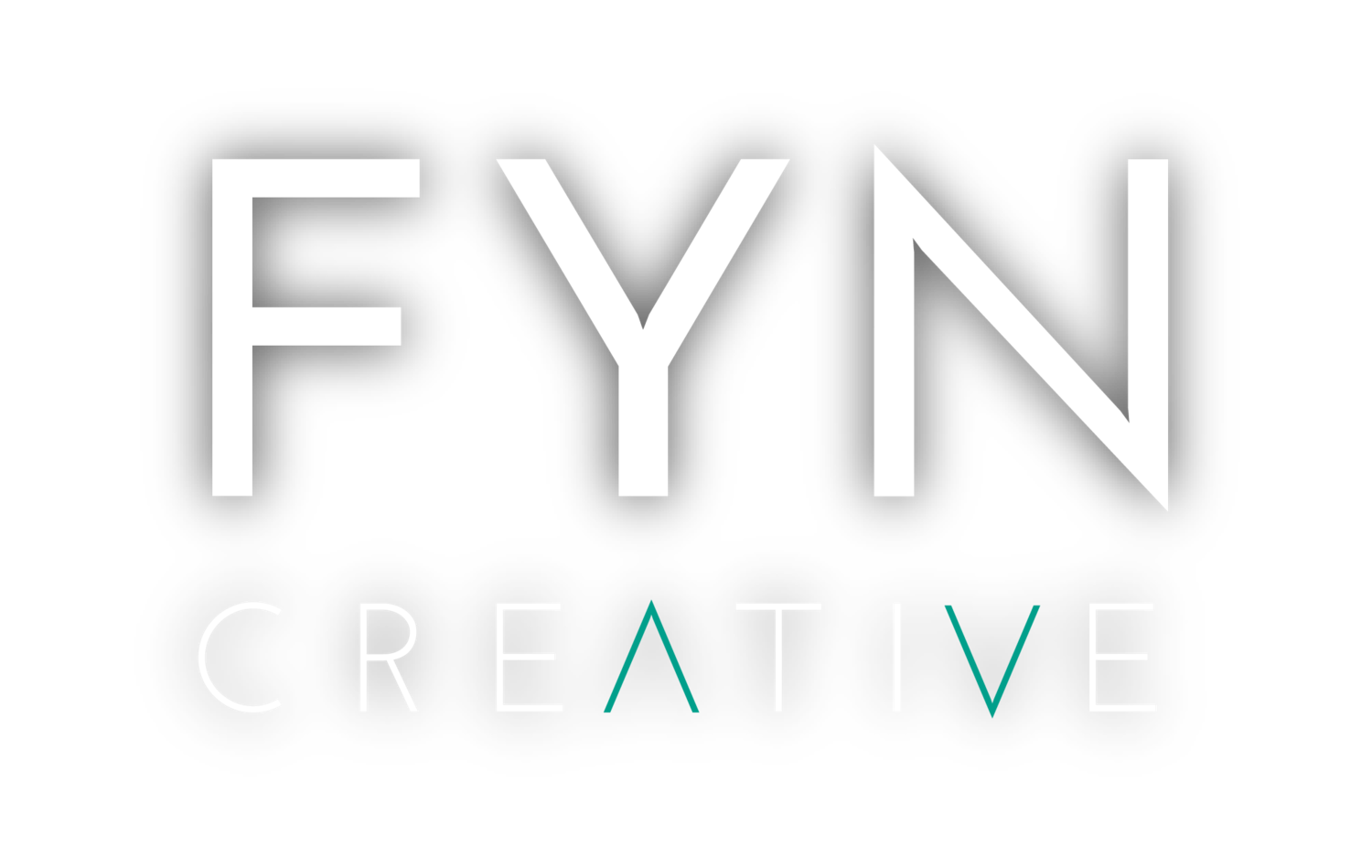Let’s face it: we don’t answer the phone anymore.
We would rather respond to a text than answer a call from a random number on our phone - or even a call from someone that we know.
Companies are becoming aware of this and are eliminating voicemail capabilities for their employees, effectively saving millions of dollars. An article from Harvard Business Review went as far as saying that voicemail has “become as clunky and irrelevant as Microsoft DOS and carbon paper”.
So what does that mean for the alumni donation phone banks that call thousands of alumni each night?
The student phone bank is dead.
Here is the current process: Universities hire dozens of college students, train them on the same old, tired sales script that goes along the lines of:
“Hi I’m ____, I am a current student at ____University. How are you this evening?”
Then, after a few minutes of small talk, they get to the ask:
“Well the real reason for the call is…” and that’s when the phone hangs up if it hasn’t already.
This is the opposite of providing a value-based approach to customers, which in this case, are the alumni of a university. Instead, alumni relation directors need to launch a personalized outreach strategy that provides valuable content and connects with alumni on an emotional level.
How can alumni offices do this? Instead of training the student call center employees on how to read a cold call sales script, they must train these students to engage with alumni where they are - Facebook, Twitter, Instagram, etc. Not only do these students need to learn how to interact with alumni on these platforms, but they must know how to create personalized content that is valuable to a specific group of alumni. To know how to do this, keep reading, or watch my short video.
1. Train students to become masters of keyword searches on Twitter and Instagram that relate to your institution.
Use a whiteboard to create a list of hashtags, geotags and keyword searches that these students workers can become familiar with. For example, to target a specific graduating class, search things like “#classof2016” and take notes of the conversations and who is using the hashtag.
The next part is big - Spark (or reply to) the digital conversation! Empower these students to engage directly with alumni using a digital voice that is consistent, creative, and professional.
Vanderbilt University hashtag search
Auburn University "war eagle" rally cry
2. Create a “high profile” list of alumni using social media list/collections
Target 50-100 alumni that are accomplishing big things in their selected field or community. Create a Twitter “private list” and a “Collections page” on Instagram and add these alumni to these lists if they are on one of these platforms.
When one of these members has a big accomplishment such as making it on the Forbes 30 under 30 list and they Tweet about it your office can be one of the first to respond and congratulate them! This is a great way to not only keep the alumni office in the know with who is doing what, but also as a way to keep other alumni updated as to what their fellow classmates are accomplishing. Twitter private list and Instagram collection pages should serve as a daily dashboard to keep track of alumni you want to stay in touch with. In Instagram, you can also turn on post notifications so you are notified when someone shares a new post.
3. For each group of alumni, create a persona map so you know exactly how to speak their language.
Create lists of characteristics that embody your targeted alumni segment. For example, what does the class of 1982 sound like? Where do they shop? Where do they vacation? What music or podcasts do they listen to? Do this with each generation or classes 3-5 years apart. This will help you create a digital voice and ideas for content.
Take it one step further and bring your team together to help identify an overarching digital voice to represent your alumni's social media presence as a whole.
This is strategy is how large brands like Pepsi, Oreo, and Jet Blue have one succinct and creative voice while having 5, 10, 15 people manage their social media accounts. When I worked at Rutgers University, we spent a half day with our student recreation marketing team to create their persona map and digital voice. We used a whiteboard to draw a male and female student detailing what they wear, what music they listen to, their aspirations, and how they like to stay active. Then we were able to take that persona and match it to two celebrities - Emma Stone and Jonah Hill. We then hung a picture of them in our office since they embody the characteristics we defined and this helped students get a clearer picture of what voice to use when they are they talked or engaged with our community.
Your alumni office and student phone bank can do the same thing.
Bringing it all together
When it comes to increasing alumni donations, higher education leaders need to always provide a value-first based approach. By paying attention to what is going on in the lives of the former students, alumni relations directors can personalize outreach, celebrate the accomplishments of alumni, provide useful content, as well as create emotional connections that matter when it comes time for alumni to donate to the university.
To gain greater insight and clarity to these ideas watch my 5-minute video here.
If you found this article helpful say hello @koco83





